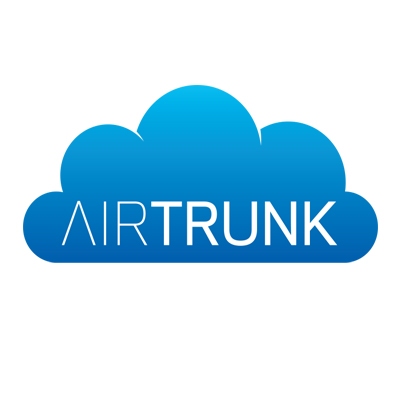A $1 BILLION (AUD) HYPERSCALE FACILITY
Australian hyperscale data center provider Airtrunk, has confirmed it plans to build a new 110MW data center in Sydney, Australia.
With an investment of 1 billion AUD (approx. 680 million USD), the company plans to have the new data center SYD2, join its existing Sydney data center SYD1. The new facility will be Airtrunk’s third in Australia – having MEL1 in Melbourne which has been operational since 2017.
“AirTrunk’s new data center in Sydney’s north and the expansion of our existing flagship facilities in Australia are the result of continued and strong customer demand for our proven hyperscale data center solutions,” said Robin Khuda, founder and CEO of AirTrunk.
Airtrunk has already acquired land adjacent to its existing data center campuses in Sydney and Melbourne. Apart from the SYD2 facility development, the company also plans to expand each campus to a capacity of more than 130MW. This will bring the company’s total Australian capacity to over 370MW with inclusion of the new SYD2 data center.
SYD2 will be developed on four hectares (9.8 acres) of land, and the carrier-neutral facility will feature 24 data halls encompassing 28,000 square meters (approx. 301,000 square feet), which is expected to deliver a PUE of 1.15.
“Our unique construction methodologies and robust supply chain enable us to deliver large scale capacity for our customers, quickly and cost-effectively. Whilst fast deployment and cost-efficiency are important, AirTrunk’s focus is to ensure the highest safety and quality standards for our employees and customers,” Paul Slaven, chief development officer of AirTrunk.
The company expects to open SYD2 in 2020, and that’s not all; Airtrunk also plans to have another data center come online in 2020, it’s a 60MW facility SNG1 which is located in Loyang, Singapore. SNG1 already has the Singaporean company StarHub, as an anchor tenant.
As part of Airtrunk’s international expansions, the company is investing 450 million SGD (332 million USD) on the SNG1 project, which is backed by a round of financing from Deutsche Bank, Goldman Sachs, and Natixis.
 / Daily News…
/ Daily News…
